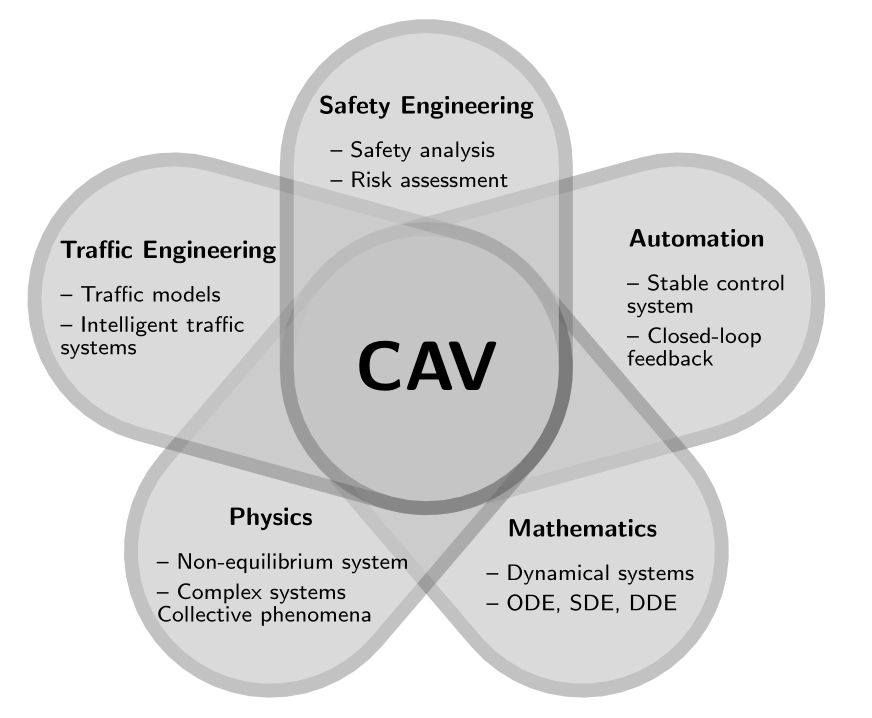

The NETWORK STATUS plot shows the number of nodes in each state (S, I, R) over time. The model will stop running once the virus has completely died out. The INITIAL-OUTBREAK-SIZE slider determines how many of the nodes will start the simulation infected with the virus. This process is repeated until the network has the correct number of links to give the specified average node degree. A node is randomly chosen and connected to the nearest node that it is not already connected to. The network that is created is based on proximity (Euclidean distance) between nodes. Note that average means that there will be less and also more links created by chance. Using the sliders, choose the people via NUMBER-OF-NODES (limited to 500) and the AVERAGE-NODE-DEGREE (average number of links coming out of each node). When a node becomes resistant, the links between it and its neighbors are darkened, since they are no longer possible vectors for spreading the virus. If a node does recover, there is some probability that it will become resistant to this virus in the future (given by the GAIN-RESISTANCE-CHANCE slider). When the virus has been detected, there is a probability that the virus will be removed (determined by the RECOVERY-CHANCE slider) by some unknown drug. Only every so often (determined by the VIRUS-CHECK-FREQUENCY slider) do the nodes check whether they are infected by a virus. Infected nodes are not immediately aware that they are infected. Resistant nodes (colored gray) cannot be infected. The Susceptible neighbors (colored blue) will be infected with a probability given by the VIRUS-SPREAD-CHANCE slider. HOW IT WORKSįor each time step (tick), all infected nodes (colored red) will attempt to infect all of its neighbors. In the academic literature such a model is sometimes referred to as an SIR model for epidemics.

Each 'person' node may be in one of three states: susceptible, infected, or resistant. This model simulates the expansion of a virus like COVID-19 through a social network. Do you have questions or comments about this model?


 0 kommentar(er)
0 kommentar(er)
